Apparel Education
Winter Cycling Gloves & Pogies
Posted by hkidston on 09/21/22
Last modified: 09/28/22

Clothing choice is the key to comfort when riding in the cold. To help you dress the best for your riding style and climate, we’ve created a guide to choosing items that will keep you warm and dry from head to toe all winter long.
In this edition, we’ll focus on gloves and pogies. Cold, numb fingers are not only uncomfortable, they make riding unsafe if you can’t shift or brake properly. Follow these guidelines to learn how to keep your hands warm when biking in the winter.
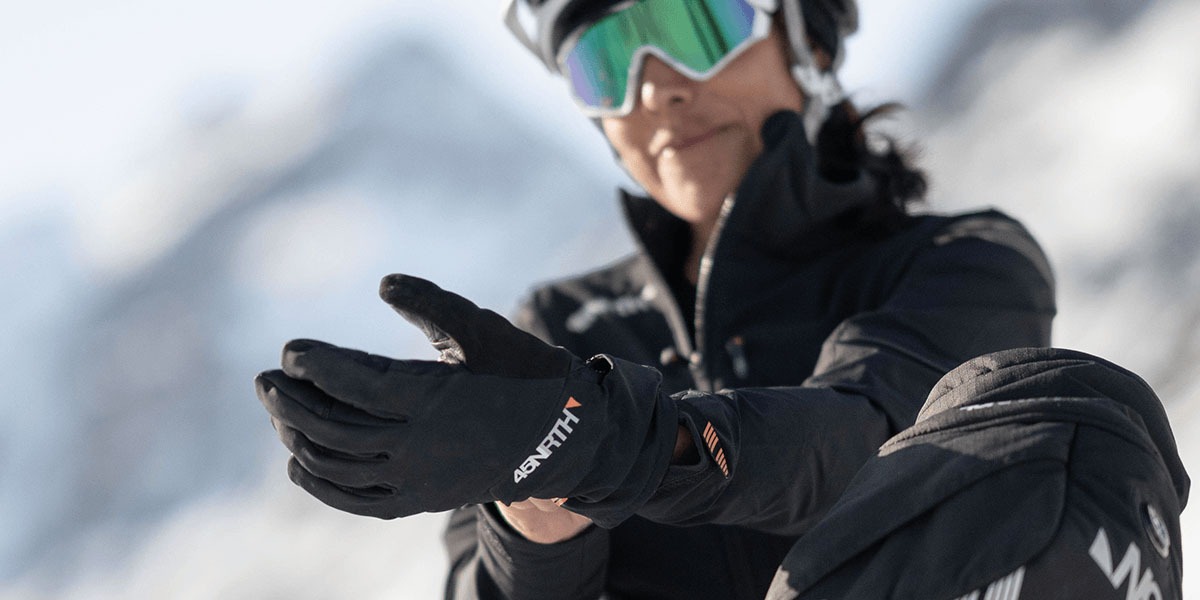
Above 32°F (0°C)
When the temperature is above freezing, lightweight gloves are usually enough. Choose a pair with fabrics that will block the chill and help manage moisture.
- Water- and wind-resistant outer shell
- Merino wool lining
Our Nokken glove is a good example of a lightweight, weather-resistant winter bike glove.
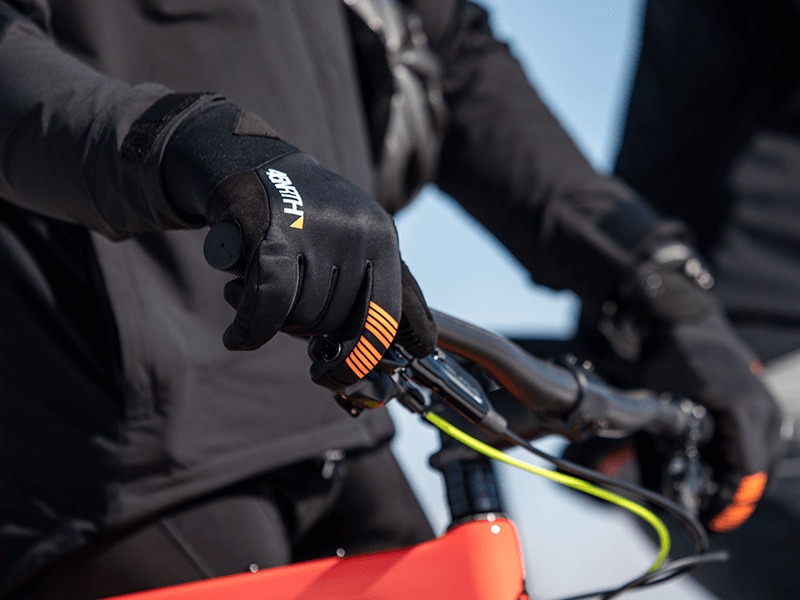
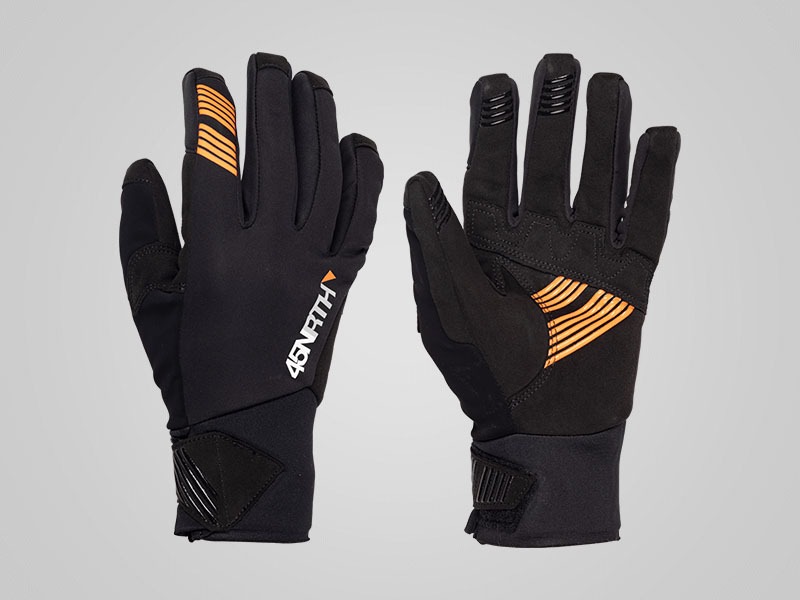
Below 32°F (0°C)
When the temperature drops below freezing, you’ll want more insulation to retain body heat, with outer fabrics that block cold air and liner fabrics that wick moisture.
- Water- and wind-resistant outer shell
- Merino wool lining
- Insulation in key areas
Our Sturmfist Five and Sturmfist Four gloves are good examples of insulated winter bike gloves.
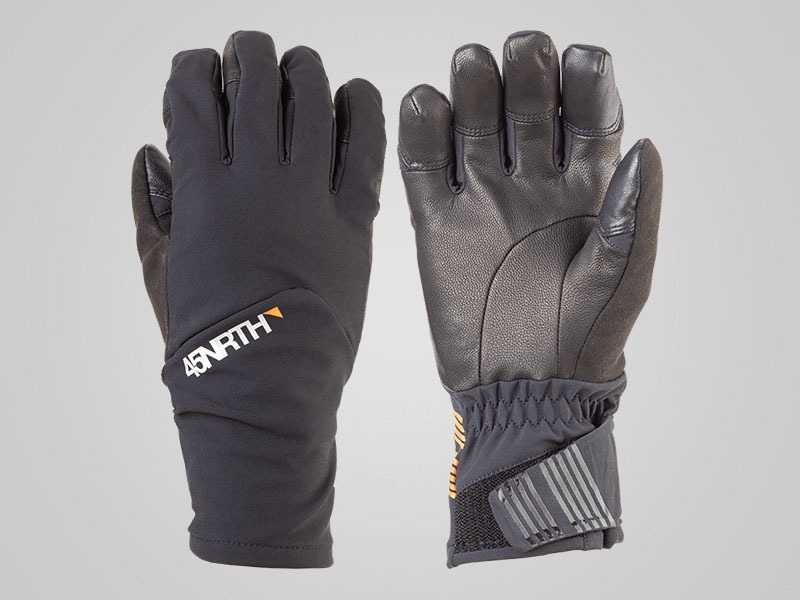
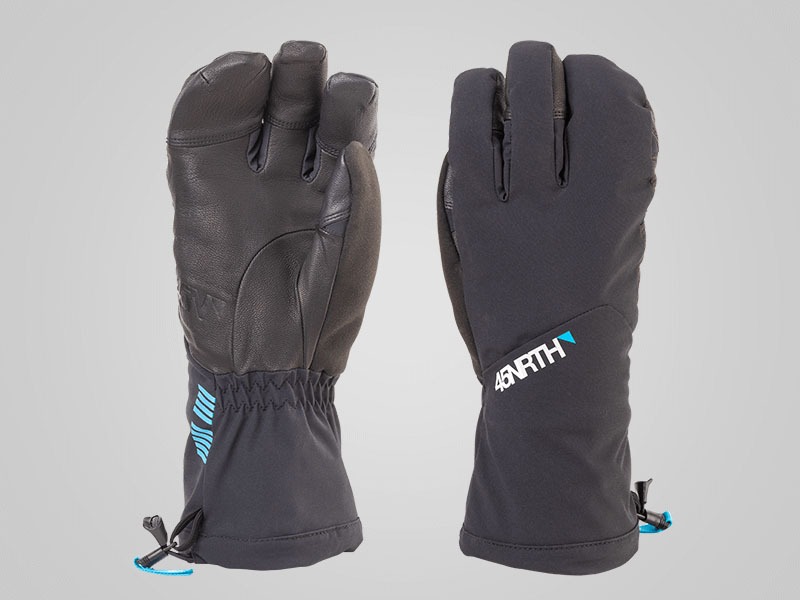
Extra tips:
- Before riding, make sure your gloves allow enough movement and grip to shift and brake safely.
- For warmth without the bulk of gloves, pogies are a great option. Look for pogies that use wind- and water-resistant materials and have vents for heat and moisture management. Cobrafist is our heavy-duty pogie for extreme cold, while Draugenklaw is our lightweight pogie suited to high-intensity rides or milder conditions.
- Pogies can also hold chemical hand warmers for additional warmth or snacks to keep them from freezing.
- On extra-cold rides, a thin liner glove like our Risør provides extra insulation inside a pogie without excess bulk.
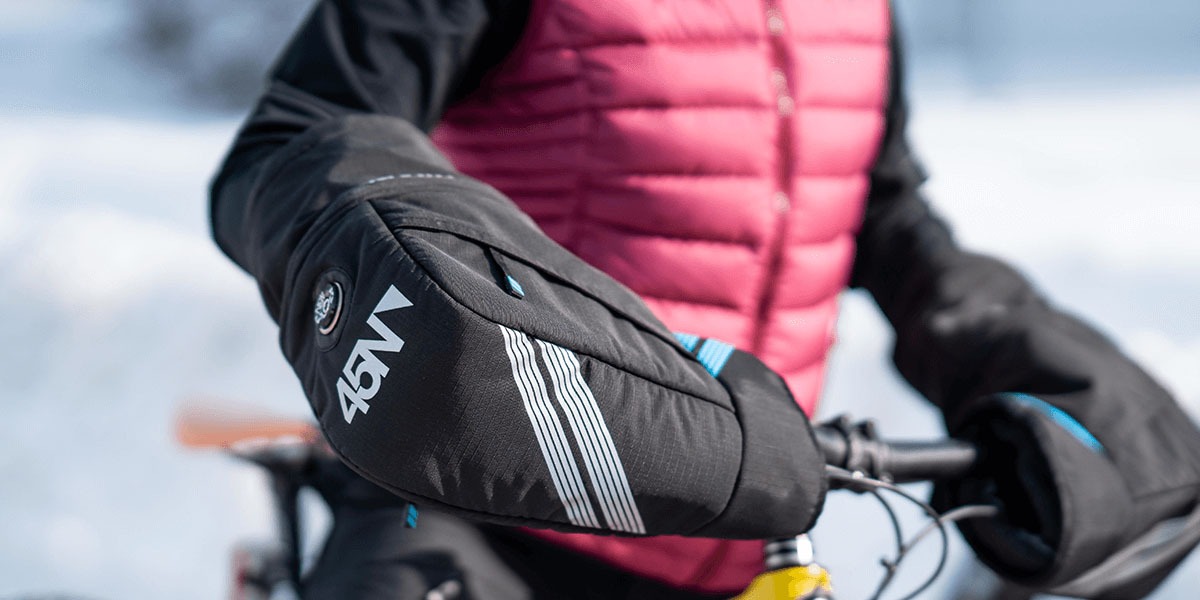
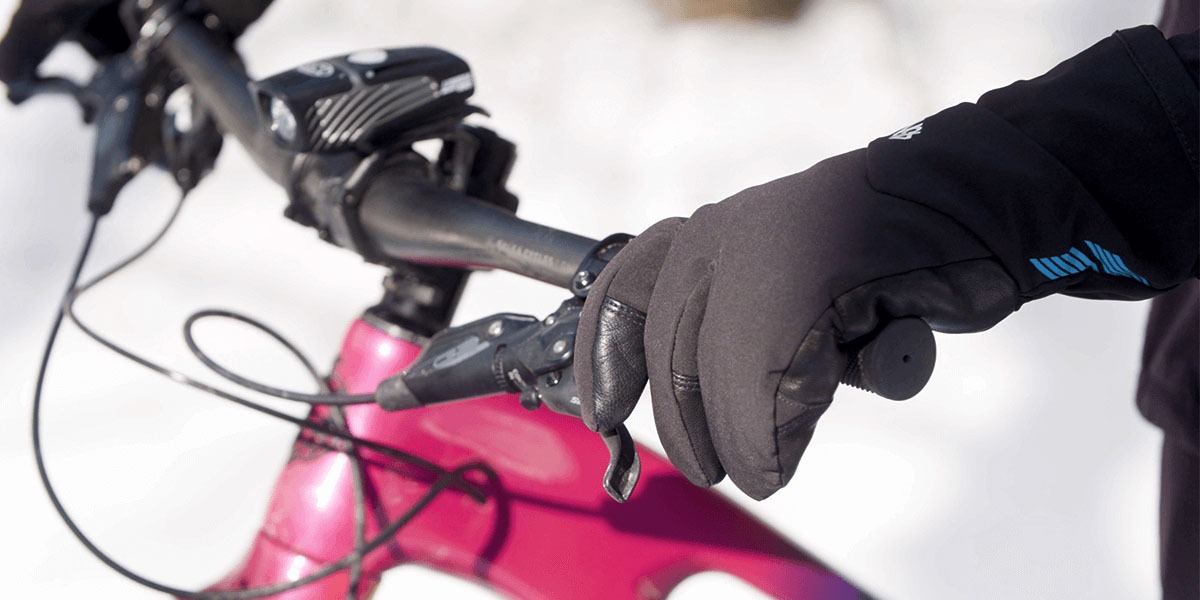
Ready to gear up? Explore our full line of winter cycling gloves and pogies and stay tuned for more winter wear guides to help you learn how to stay comfortable when biking in the cold.
